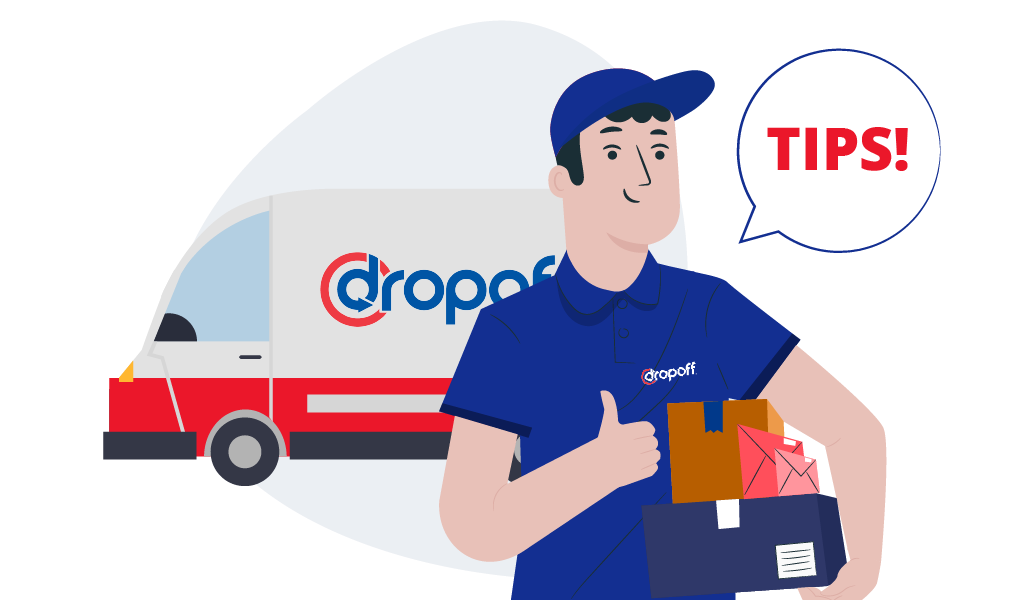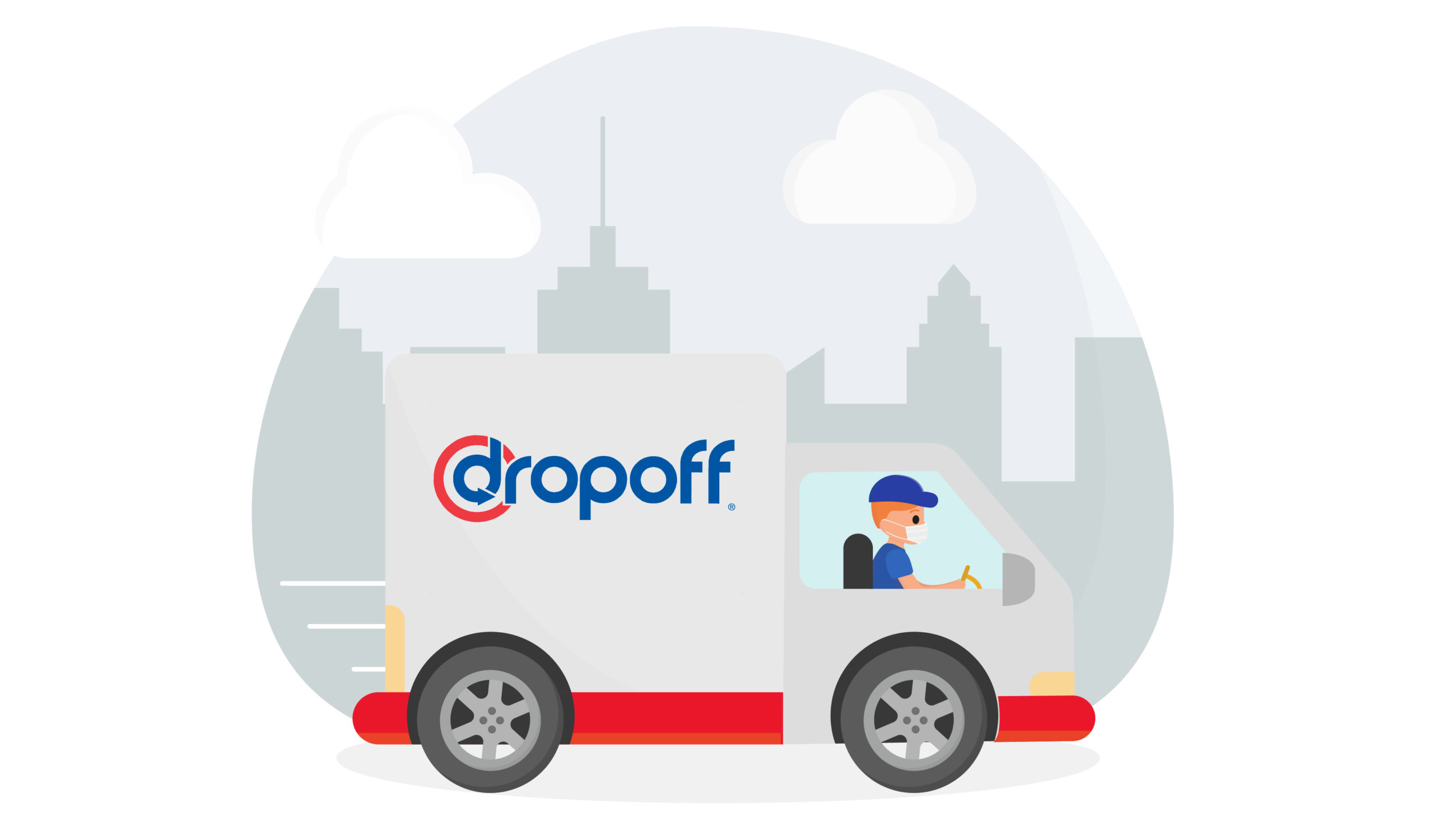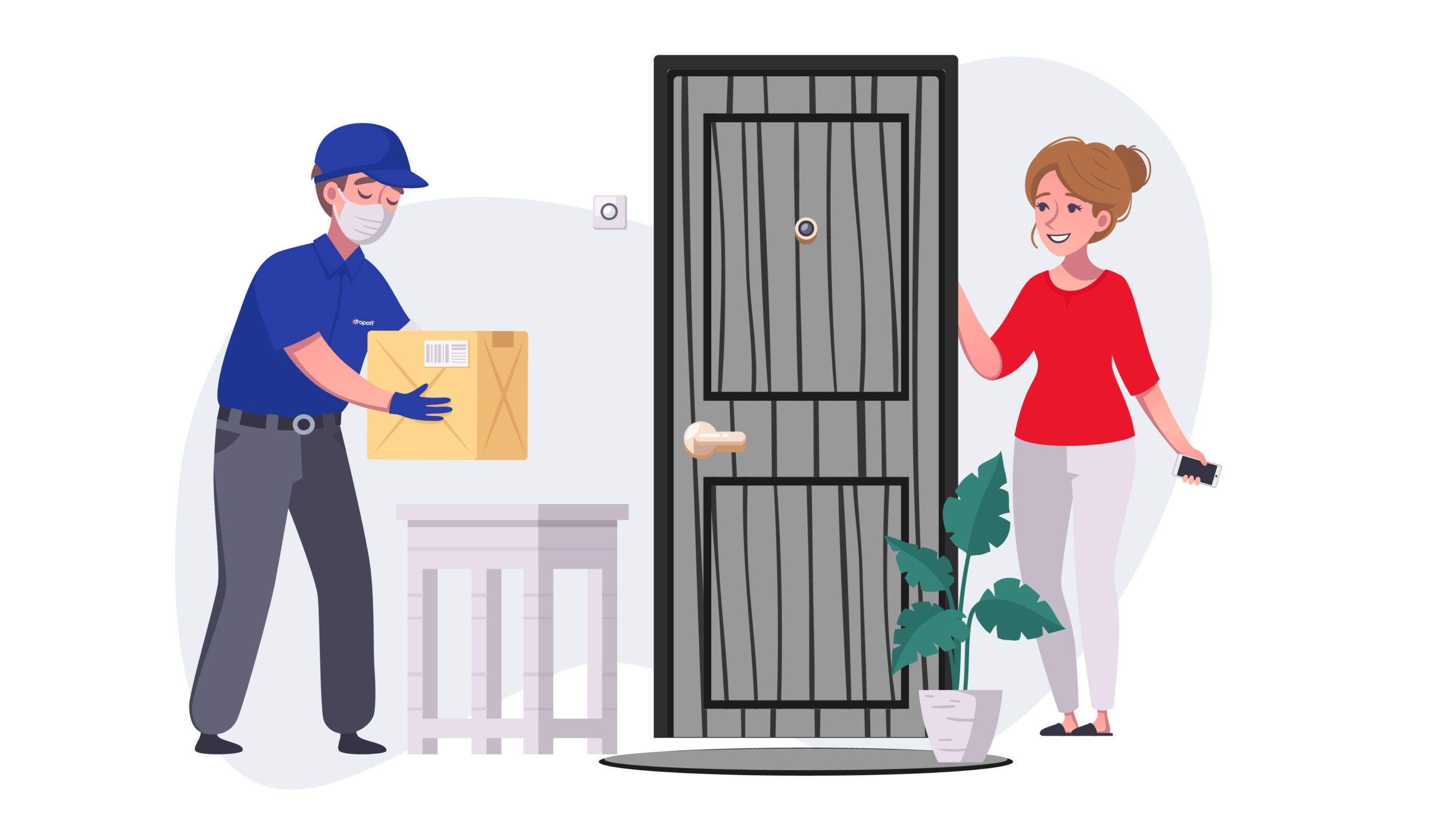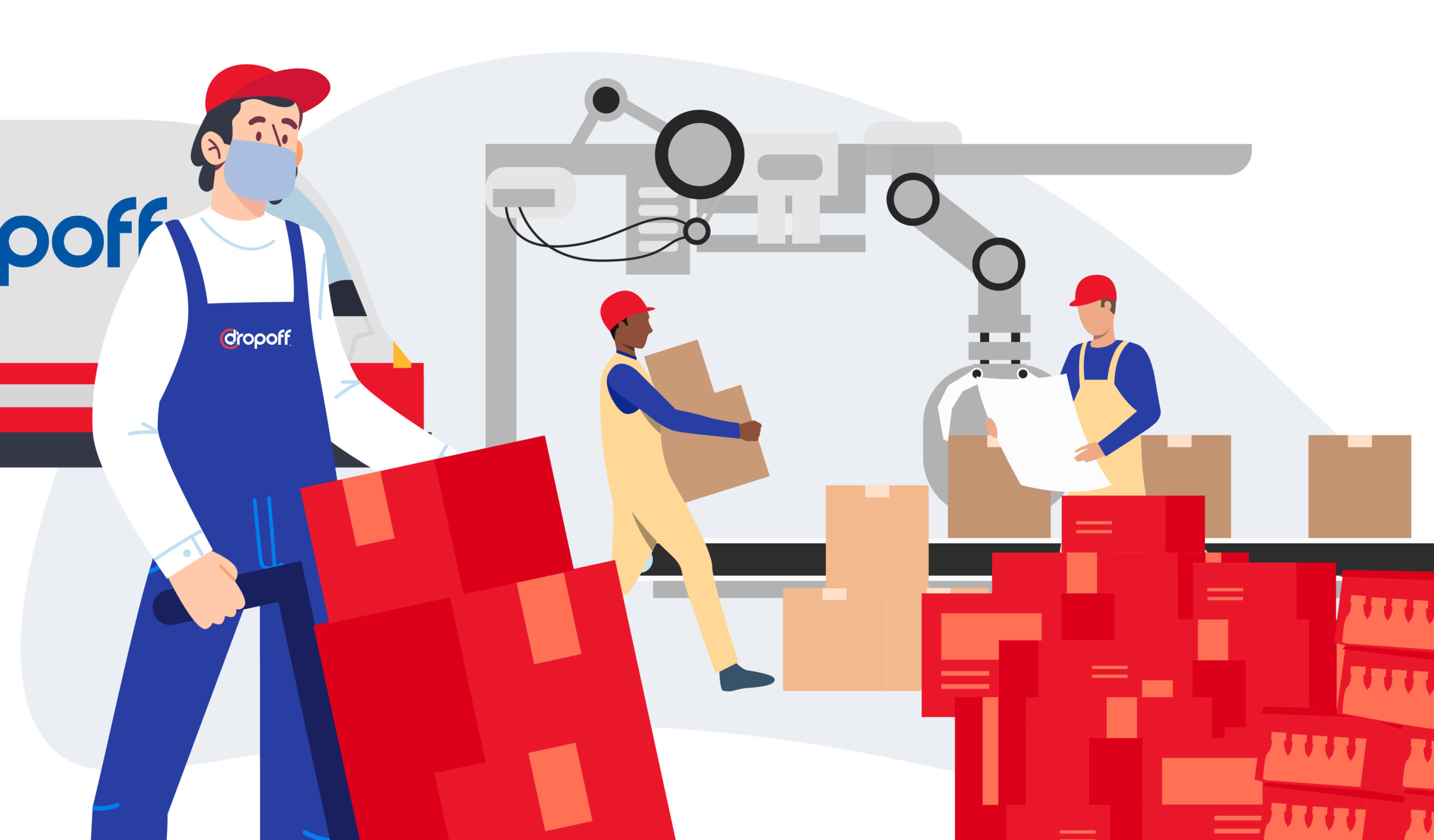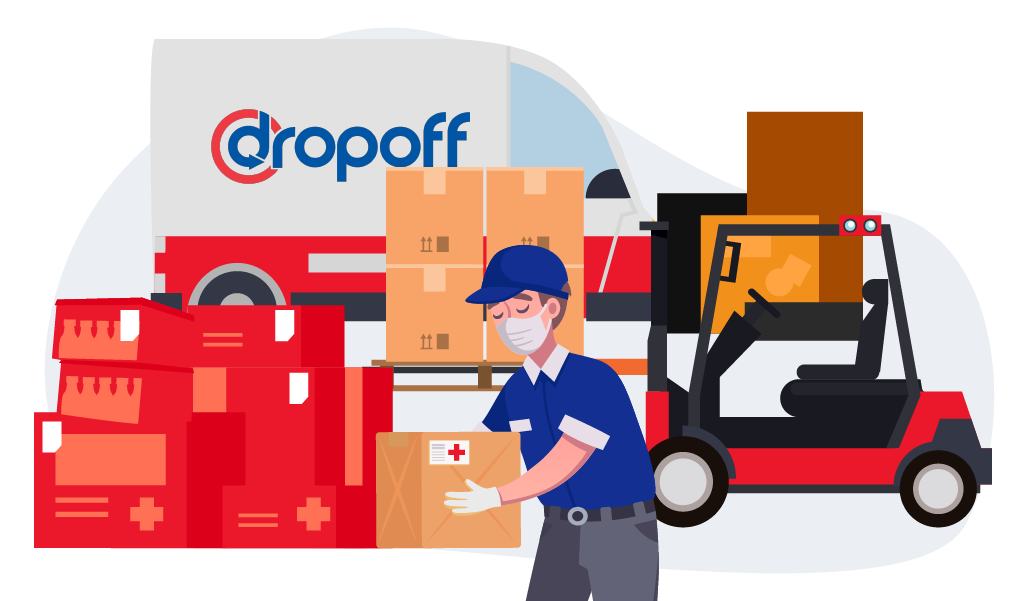Maximizing Efficiency: The Power of Analytics in Last-Mile Delivery
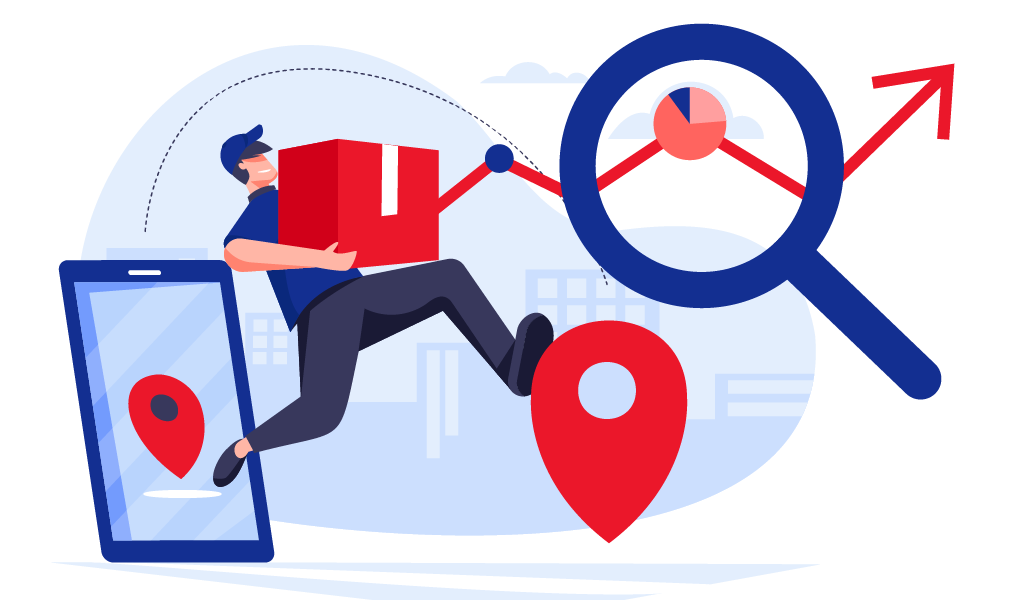
Last-mile delivery accounts for more than half of the total shipping costs, representing over 53% of expenses. This figure alone underscores the critical nature of last-mile delivery services and their significant impact on customer satisfaction. Consequently, businesses must streamline their last-mile delivery services effectively, and technological advancements have made this task more manageable.
In this article, we will delve into the pivotal role that last-mile delivery analytics plays and how it can significantly influence your business’s success, helping you thrive in today’s highly competitive landscape.
Understanding Last-Mile Delivery Analytics
Last-mile delivery Analytics refers to using advanced data analysis techniques and technologies to optimize the final stage of a product’s journey from a distribution center or fulfillment center to the customer’s doorstep. This final phase, often called the “last mile,” is widely recognized as the most complex and costly part of the supply chain.
Last-mile delivery Analytics entails collecting and analyzing vast amounts of data related to delivery operations, customer preferences, traffic patterns, and various other factors influencing the delivery process. As of this writing, 3/4 of organizations around the world are now using data analytics within their operations, including their delivery process.
By employing sophisticated algorithms, machine learning, and predictive analytics, businesses can extract valuable insights from their last-mile delivery operations. These insights are instrumental in optimizing delivery routes, improving delivery time accuracy, enhancing inventory management, reducing operational costs, and, ultimately, providing a superior customer experience.
Importance of Last-Mile Delivery Analytics
The last mile is key to unlocking potential cost savings and skyrocketing customer satisfaction. Here’s why analytics in last-mile delivery is a game-changer:
Cost Savings
As mentioned, the last mile often constitutes the bulk of your delivery costs. Analytics help identify opportunities to optimize delivery routes, reduce fuel consumption, and streamline labor expenses, resulting in significant cost savings.
Customer Satisfaction
As expected, customers judge a company’s entire delivery process through their last-mile services. Due to the advent of technology and numerous businesses offering special courier services such as same-day deliveries, customers’ expectations for fast and convenient deliveries have never been higher.
Analytics empower businesses to meet and exceed these expectations by ensuring on-time deliveries, minimizing delays, and enhancing the overall customer experience.
Data-Driven Decision-Making
Analytics offer actionable insights that drive informed decision-making. Whether it involves adjusting delivery windows, optimizing staffing levels, or selecting optimal delivery partners, data-driven choices can have a substantial impact on your operational efficiency and profitability.
Inventory Optimization
Effective inventory management is crucial in the last mile. Overstocking can tie up capital and increase warehousing costs while understocking leads to missed sales opportunities and disappointed customers. Analytics offer insights into demand patterns, helping businesses strike the right balance in inventory management.
By understanding which products are in high demand and when, companies can ensure their warehouses are stocked with the right products at the right time, preventing stockouts and increasing revenue.
Delivery Time Optimization
Meeting delivery time windows is a critical component of customer satisfaction. Late deliveries can lead to customer frustration and erode trust. Analytics can predict accurate delivery time estimates based on historical data, traffic conditions, and weather. This ensures customers receive their orders as promised, enhancing their overall experience and loyalty.
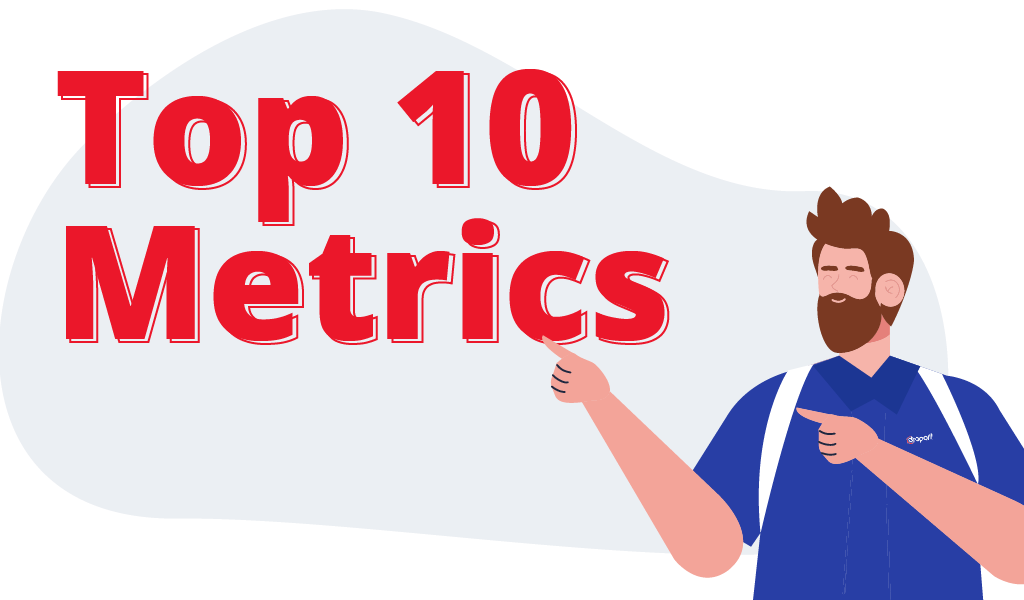
Top 10 Metrics to Track in Last Mile Analytics
To thrive in the last mile, businesses need to monitor the following 10 essential metrics:
1. On-Time Delivery Rate
Maintaining a high on-time delivery rate is paramount for customer satisfaction, particularly given that 50% of online customers will cancel their orders if fast delivery is not provided.
To achieve on-time delivery, it is highly recommended to utilize route optimization solutions that enable you to explore potential pathways, thereby ensuring an efficient delivery process. Research suggests that not only does this boost your customer satisfaction rate, but it can also lead to an eightfold expansion of your business.
2. Delivery Cost Per Mile
Calculating the cost incurred per mile driven is essential for cost management.
According to the latest bulletin from the National Private Truck Council (NPTC), the average trucking cost per mile in the US for private fleets is $2.90. If an average business covers 3,000 miles every day for deliveries, this already results in daily expenses of $8,700. Implementing route analytics alone could help a business save up to 20% on fuel costs, equating to daily savings of $1,740.
3. Customer Satisfaction Rating
Customer feedback data is pivotal in optimizing the delivery process, offering valuable insights into customer sentiment. This is particularly important in ensuring the successful delivery of millions of packages by online and local retail stores worldwide, essential for maintaining high customer satisfaction and encouraging repeat purchases.
A customer data analytics solution can help businesses utilize customer feedback, including text comments and images, to address these problems, employing transfer learning for more efficient modeling.
4. Driver Performance
Analyzing driver efficiency is essential for prompt deliveries and superior customer service. Improved driver performance leads to fewer complaints and increased customer loyalty. To set your business apart from the competition, consider offering white glove delivery service, which prioritizes customer care, especially for large, expensive, or delicate products.
White glove delivery couriers are meticulously trained to handle items with the utmost care, install and assemble products as needed, and ensure their safe delivery. Businesses in the electronics, healthcare, home appliances, furniture, automotive, and aviation industries benefit the most from this specialized service.
5. Returns Rate
High returns rates can indicate issues with delivery quality or product selection. Reducing returns not only saves costs but also builds customer confidence. An electronics retailer, for instance, reduced returns by 30% after implementing a product quality control process, saving significant costs.
6. Route Efficiency
Route optimization minimizes time and fuel consumption, reducing operational costs. According to the American Transportation Research Institute, route optimization can reduce miles driven by 10-30%. For a parcel delivery service, this meant a 20-40% reduction in total mileage, leading to fuel savings and lower vehicle maintenance costs.
7. Delivery Time Windows
Ensuring accurate delivery time estimates and consistently meeting customer expectations are pivotal to successful last-mile delivery operations.
The modern consumer landscape is characterized by heightened expectations, with approximately 80% of customers now anticipating real-time delivery status updates as a standard service. Providing this level of transparency not only meets these expectations but also has the potential to drive an impressive 54% improvement in overall customer satisfaction levels.
8. Inventory Accuracy
An inventory management solution is a critical component of optimizing last-mile delivery. It provides businesses with the ability to forecast demand accurately, maintain stock availability, and ensure order accuracy.
By leveraging historical data and predictive analytics, companies can prevent overstocking or understocking, guaranteeing that the right products are readily available for prompt deliveries. This accuracy in order fulfillment minimizes errors, reduces returns, and enhances the overall efficiency of last-mile delivery operations.
9. Delivery Costs as a Percentage of Revenue
A finance data analytics solution for last-mile delivery aids businesses in boosting their revenue by optimizing operational costs, enabling competitive pricing, implementing dynamic pricing strategies, leveraging data-driven upselling opportunities, optimizing inventory management, monitoring performance, and enhancing customer satisfaction, which collectively drive increased efficiency and customer loyalty for long-term revenue growth.
10. Environmental Impact
Last-mile delivery analytics assist businesses in reducing their carbon footprint through optimized route planning and vehicle selection, minimizing fuel consumption and emissions.
By utilizing data-driven insights, companies can identify more eco-friendly transportation options, adopt electric vehicles or alternative green technologies, and implement sustainable practices, thereby contributing to a greener and more environmentally responsible last-mile delivery process.
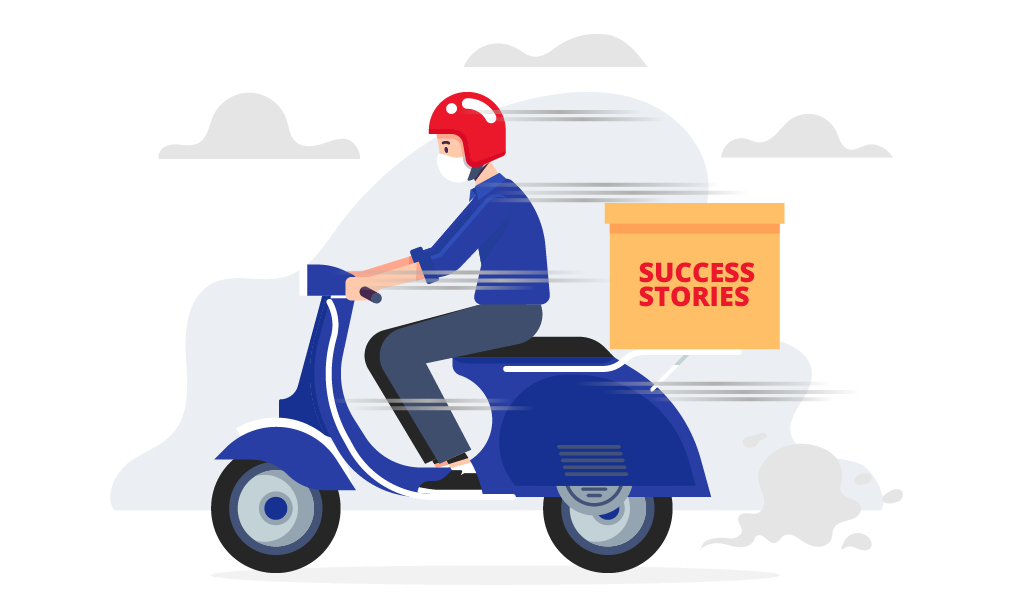
Case Studies and Success Stories
Real-world case studies and success stories provide concrete examples of how businesses have harnessed the power of analytics to transform their last-mile delivery operations. These stories illustrate the significant impact that data-driven decision-making can have on various industries.
Amazon’s Amazon Location Service
Amazon, a global e-commerce giant, has utilized Amazon Location Service and various AWS tools to optimize its vehicle routing for delivery operations. By deploying a serverless application, they’ve streamlined the process of assigning routes to drivers, resulting in cost savings and improved customer experiences.
FedEx Straightaway
FedEx, a global courier and delivery services company, implemented Straightaway, a route-planning app for its drivers. By scanning daily FedEx manifests with the app, drivers receive optimized routes that avoid traffic, save fuel, and ensure efficient delivery stops. Straightaway’s optimization algorithms have demonstrated the potential to save more than an hour on a typical delivery route, providing tangible benefits for drivers and the company.
Eathos and Shipox
Eathos, a restaurant operator based in Dubai, faced challenges in managing its delivery process, leading to operational inefficiencies and customer dissatisfaction. By adopting Shipox’s delivery management system (DMS), Eathos automated order assignment, real-time tracking, and driver communication. This automation allowed Eathos to manage over 7,000 orders per month, increase customer satisfaction by 15%, and significantly enhance overall delivery efficiency.
These case studies highlight the diverse applications of last-mile delivery analytics across industries, showcasing how businesses of various scales and sectors can achieve substantial improvements in efficiency, customer satisfaction, and cost savings by embracing data-driven solutions. These success stories serve as inspiration for other businesses looking to harness the transformative power of analytics in their last-mile delivery operations.

How Efficient Analytics in Last Mile Can Grow Your Business
Leveraging last-mile delivery analytics can significantly enhance your business’s return on investment (ROI) in several key areas:
Improved Operational Efficiency
Efficiency lies at the core of a successful last-mile delivery operation. Analytics serve as a powerful tool to optimize these processes comprehensively. They allow businesses to fine-tune various aspects of their last-mile delivery, including route planning, identifying underperforming drivers or vehicles, and overall process efficiency. This streamlined approach not only saves costs but also boosts productivity, maximizing your ROI.
Enhanced Customer Loyalty
Satisfied customers are invaluable assets to any business, as they transform into loyal patrons and enthusiastic brand advocates. Last-mile analytics play a pivotal role in fostering such customer loyalty.
Reliable and consistently excellent delivery experiences, supported by feedback monitoring and satisfaction rating analysis, lead to stronger customer relationships. This proactive approach results in positive word-of-mouth recommendations and referrals, translating to long-term revenue growth.
Competitive Advantage
Analytics empower businesses to react promptly to shifting customer demands, which can involve providing same-day or next-day delivery options, adapting to market trends, or refining strategies based on real-time insights.
By consistently monitoring and optimizing performance metrics, companies stay ahead of the curve, attracting customers who value efficiency and reliability, ultimately increasing loyalty and market share. In essence, last-mile delivery analytics serve as a strategic investment that offers substantial returns by enhancing operational efficiency, nurturing customer loyalty, and securing a competitive edge in the dynamic business landscape.
How Dropoff Can Help with Efficient Last-Mile Delivery Analytics
Discover the power of last-mile delivery analytics by teaming up with Dropoff, a renowned industry leader in this field. Dropoff equips your business with cutting-edge tools and expertise to unlock the full potential of analytics, allowing you to optimize your last-mile operations. From route optimization to in-depth customer feedback analysis,
Dropoff provides comprehensive solutions tailored to your unique needs, empowering you to gain a competitive edge in the ever-evolving landscape of last-mile delivery.
In addition to analytics, Dropoff offers an array of last-mile, same-day delivery services designed to cater to businesses of all sizes and operational scales. Whether you require scheduled delivery, dedicated route services, fixed-route deliveries, or even overnight courier solutions, Dropoff has the logistics expertise and state-of-the-art technology to ensure your packages are handled quickly, reliably, and consistently.
With top-rated 24/7 customer service, Dropoff is your dependable partner, offering a wide range of delivery options, including express, STAT, on-demand, long-haul, and scheduled delivery services, all designed to simplify your logistics operations and meet your specific delivery requirements. With Dropoff, you’re not just optimizing with analytics; you’re enhancing your entire last-mile delivery experience.
Final Thought
Analytics in last-mile delivery is a catalyst for success, offering businesses a means to reduce costs, enhance customer satisfaction, and ultimately thrive. By tracking the 10 vital metrics and drawing inspiration from real-life success stories, companies can elevate their last-mile delivery operations. Embracing analytics, along with the support of innovative partners like Dropoff, is the strategic choice to secure a competitive edge and sustain growth in the dynamic world of last-mile delivery.
FAQs
Last-mile delivery analytics can significantly impact businesses by reducing costs, enhancing customer satisfaction, and improving operational efficiency. It offers insights into route optimization, inventory management, delivery time accuracy, and more, making it a game-changer in the highly competitive delivery landscape.
Analytics enables businesses to provide reliable, on-time deliveries that meet or exceed customer expectations, fostering customer loyalty. By addressing issues promptly based on customer feedback, analytics helps create a positive relationship with customers, leading to recommendations and referrals.
Last-mile delivery analytics aids businesses in minimizing their environmental impact by optimizing routes, reducing fuel consumption, and adopting eco-friendly transportation options. It helps identify sustainable practices, contributing to a greener and more responsible delivery process.

